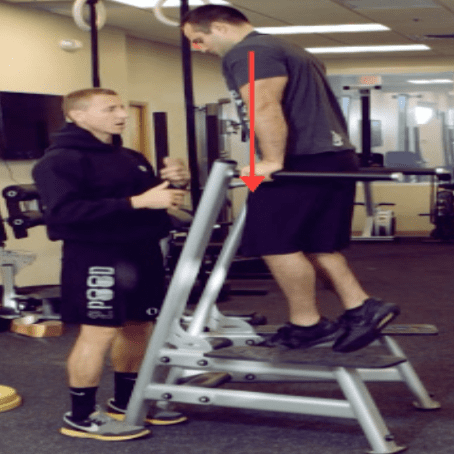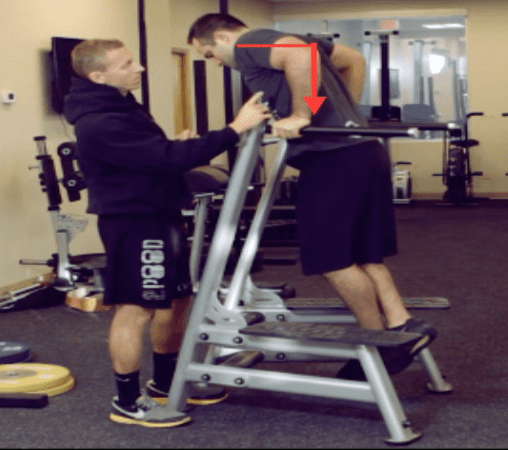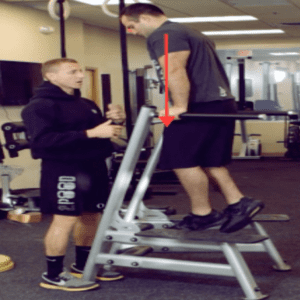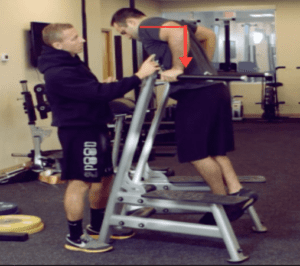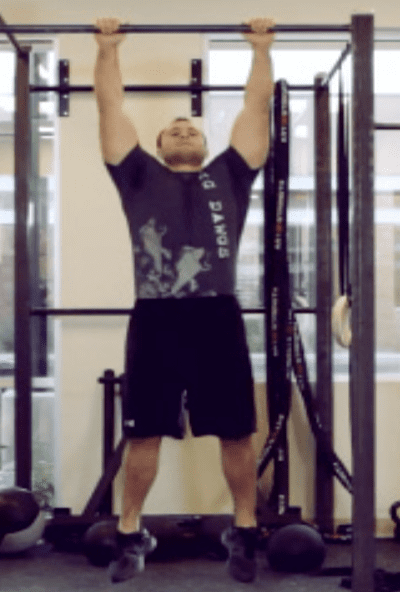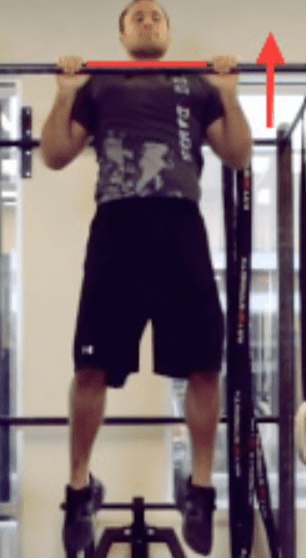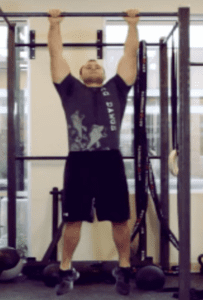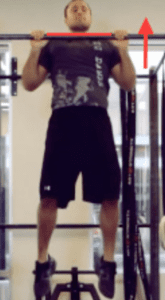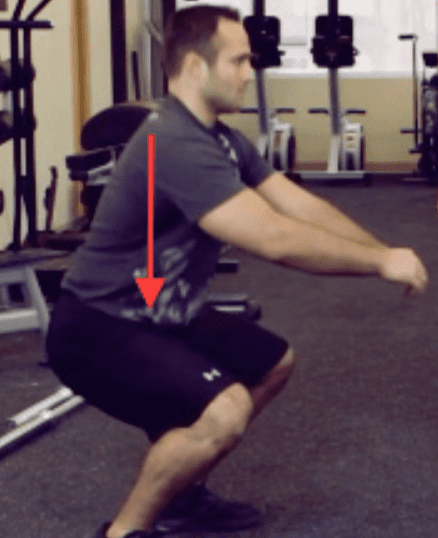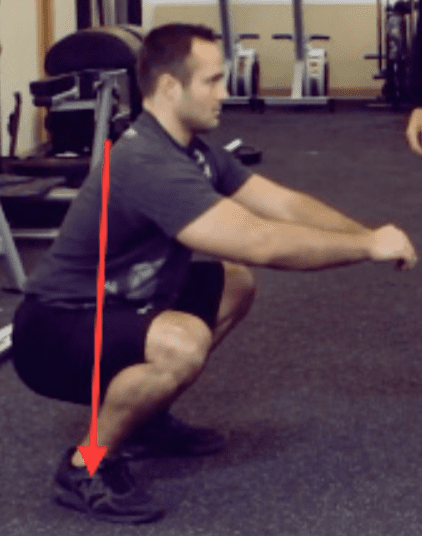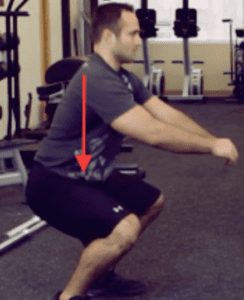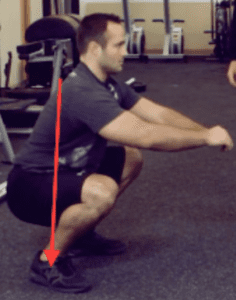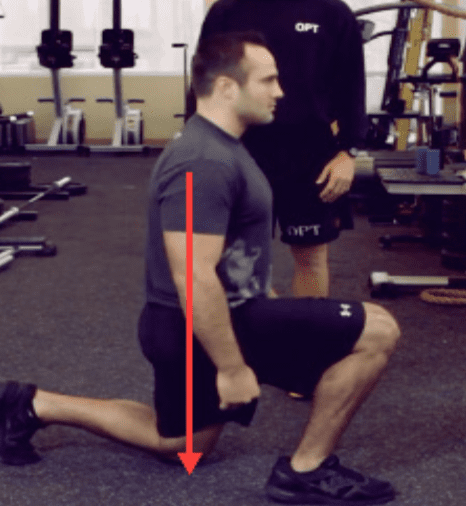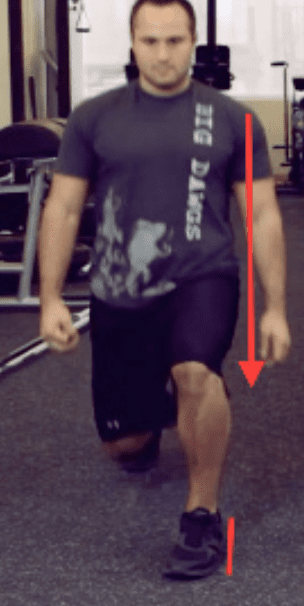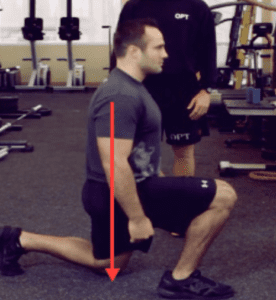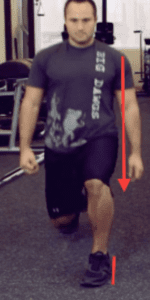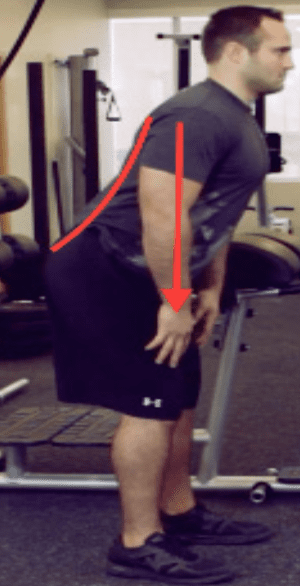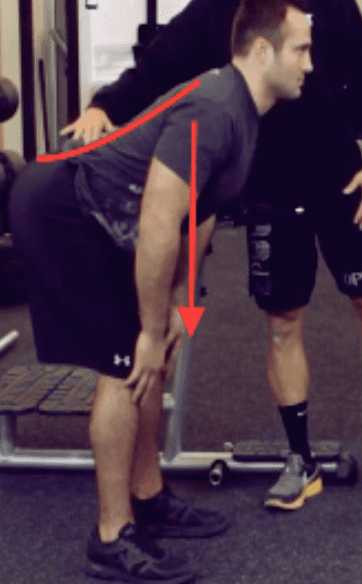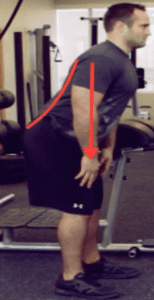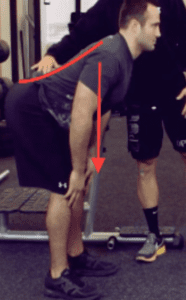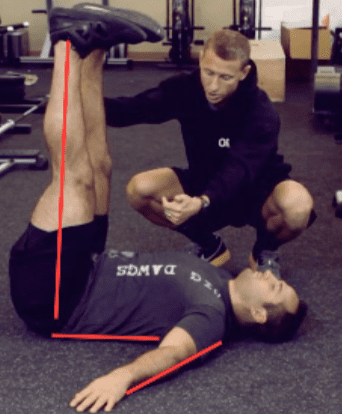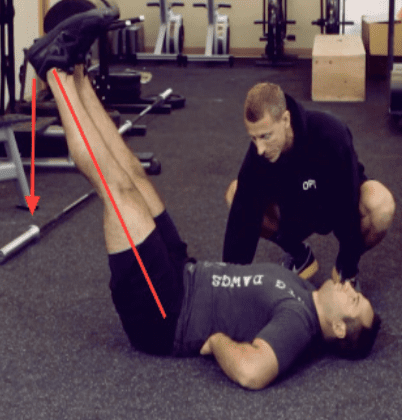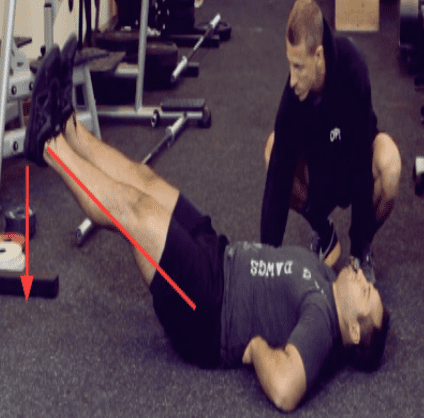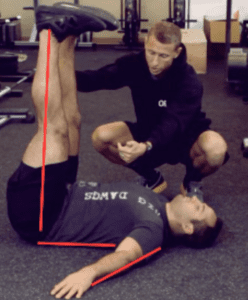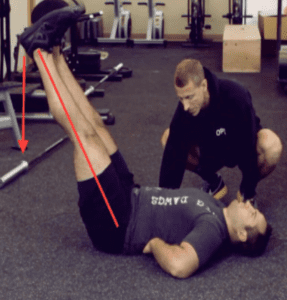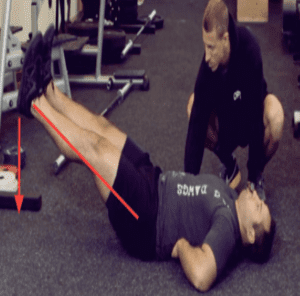The strength training you should be doing
"The way I see it, if you can't properly lunge or brace yourself while doing functional movements, how do you expect to run well or stay injury-free?"
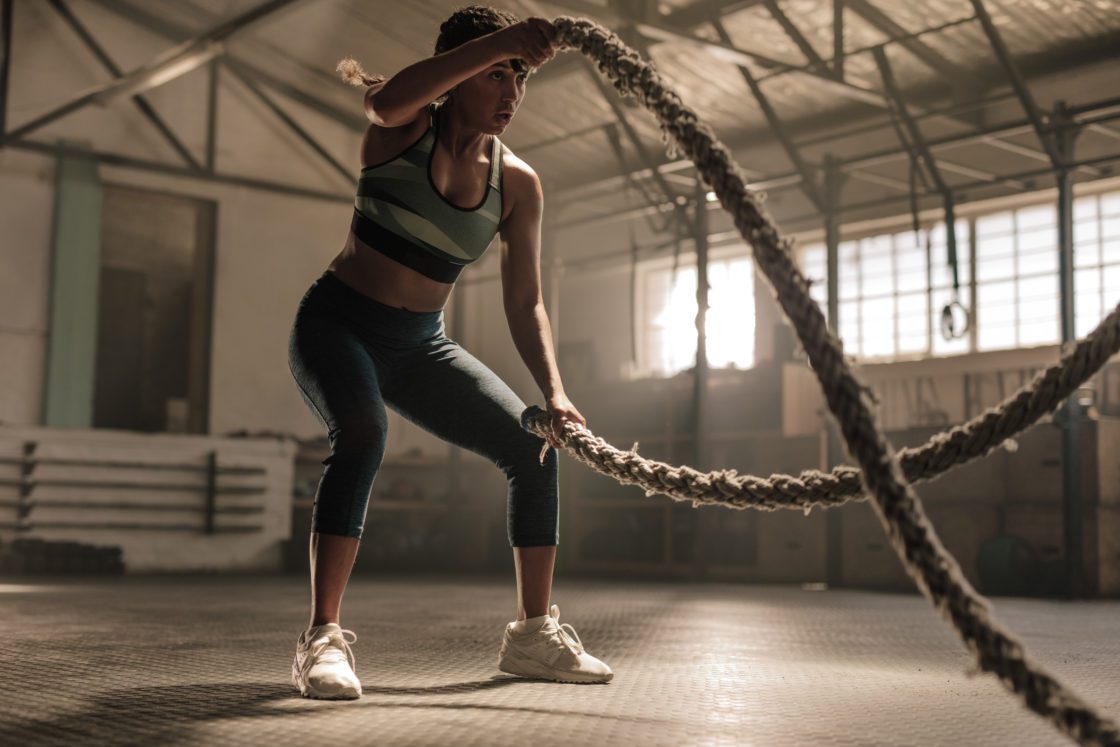
“Strength training doesn’t have to be hard.” Really?
Jason Boivin, assistant coach with the McGill Varsity Swim team and coach at McGill Triathlon Club, believes there is a big misconception in the triathlon community that your off-season dryland sessions need to leave you sore and drenched in sweat. “It doesn’t have to be difficult, you don’t have to fry yourself at the gym,” says Boivin.
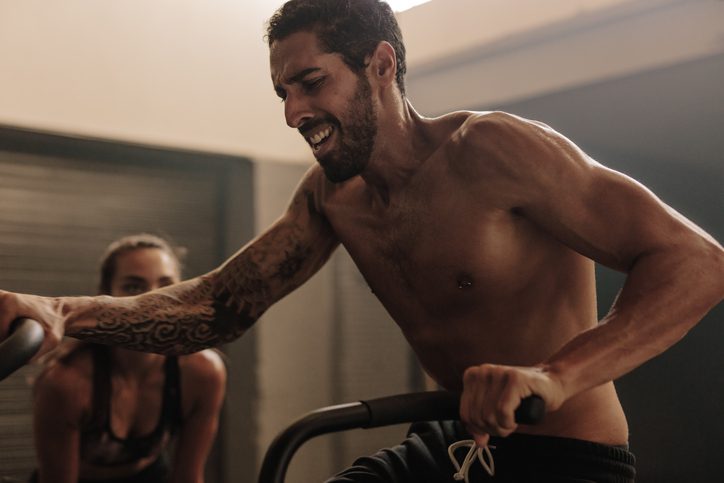
“The way I see it, if you can’t properly lunge or brace yourself while doing functional movements, how do you expect to run well or stay injury-free?” says Boivin. The off-season is the time to learn to move properly.
Swimming, cycling and running are all very unidirectional and repeative. It is important then to do a variety of dryland exercises that help develop muscles that may be neglected in “normal” triathlon training.
Related: Adopting a long term approach to triathlon training
By doing a variety of drills, you will be able to increase strength and stay healthy. Also, the off-season allows you the time to integrate new habits into your routine.
The movements to do in a strength program
- Upper body pushing
- Upper body pulling
- Squatting
- Single Leg
- Bending/Hinging
- Core
Above are six different movements that are the foundation of any strength program. But, before you lift any weight, it is important to assess your ability to move. To do this, try doing the following drills to assess how you move. Make sure to use a mirror or have someone join you at the gym to give you feedback.
Upper body pushing
Exercise: Dip
Dips may be one of the best upper body pushing exercises because it involves strength relative to bodyweight and flexibility.
This drill can be done on a fitness apparatus at a gym. From a straight elbow position, lower yourself to approximately a 90-degree bend in your elbows. Then fully extend. Make sure not to lower shoulders past elbows.
Count to three on the way down and come up in one.
Upper body pulling
Exercise: Chin-up
The chin-up complements a dip (above), helping to balance both the extensor and flexor muscles of the shoulders and elbows.
This can be done on a fitness apparatus at a gym. Your hands can be in pronated (palms facing away) or a supinated (palms facing you) grip. Begin with arms fully extend and then pull yourself up. Feel free to use bands or assist machines to help complete the drill.
Count to three on the way down and come up in one.
Squatting
Exercise: Air Squat
A squat is very functional in daily life. Squatting is involved in grasping, stopping or pressing objects below or above us. It is also a common exercise people use to develop leg strength.
Begin with a leg stance slightly wider than shoulder-width apart. Make sure your toes are slightly out and have your knees track over your feet when squatting. Keep your weight in the middle of your feet and have equal bending in knees. To perform this exercise properly, make sure to maintain a stable torso.
Count to three on the way down and come up in one.
Single leg
Exercise: Forward Lunges
From a standing position, step forwards and back using leg. Tap the opposite knee to ground (or allow to hover over surface). Hands on hips.
What to watch for? Stable hips during the entire movement. Knee tracking over feet, and not moving side to side. With your torso on top of your hips, you should be able to draw a straight line from your shoulders to your hips.
Perform the movement continuously.
Bending/Hinging
Exercise: Waiter’s Bow
Like the squat, being able to bow or hinge at the hips is vital to other movements in daily life and training.
From a standing position, bend at your waist only with a slight 30-degree bend in your knees. Bend until your back begins to round.
This may be a very simple drill, but a lack of ability to do bow effectively may increase the risk of a lower back injury.
Count to three on the way down and come up in one.
Core
Exercise: Leg Lowering Abs
This drill is important because it is an easy way to assess your ability to hold the pelvis in place while the legs move around it.
Lying on your back, bring your legs up. Make sure your feet are aligned with your hips with straight knees. By contracting your abdomen, lower your legs until you feel your lower back moves from the floor. Then return to the starting position. The goal is to lower your legs to 45 degrees or lower (relative to the ground).
Count to three on the way down and come up in three.
The round up
Once you have done a number of sessions working on understanding the movement, muscle activation patterns and technique, you can then begin incorporating doing the movement with a weight or resistance band.
As you master these movements, more complex drills can be integrated into your sessions.
